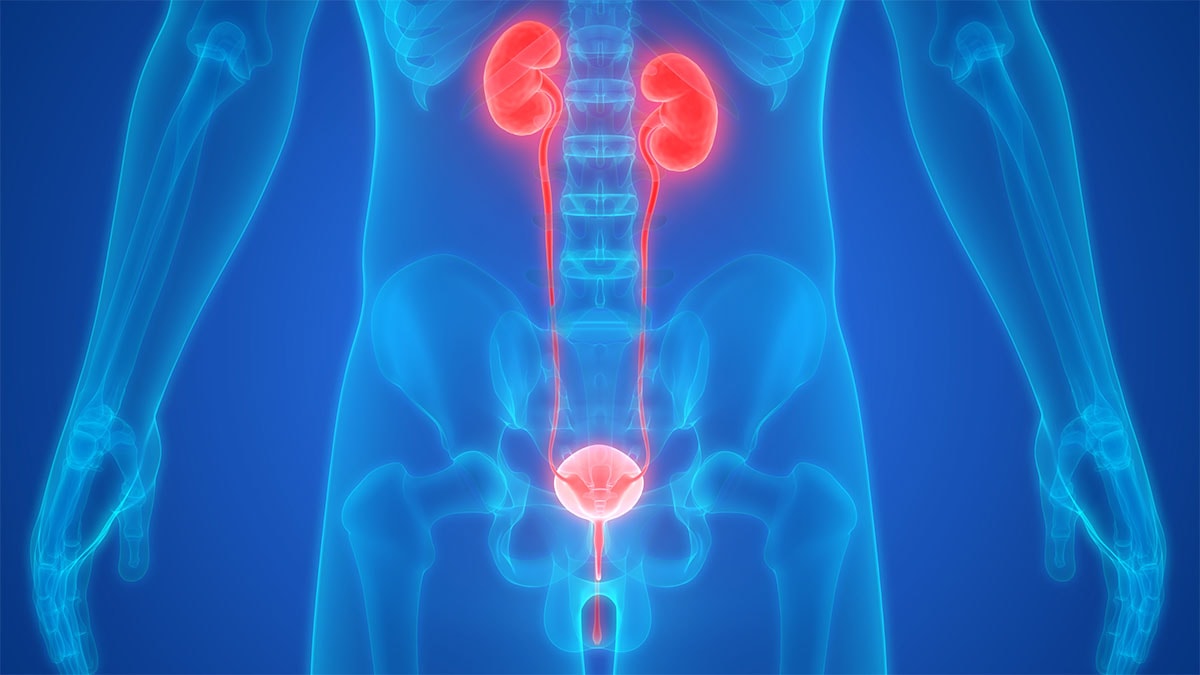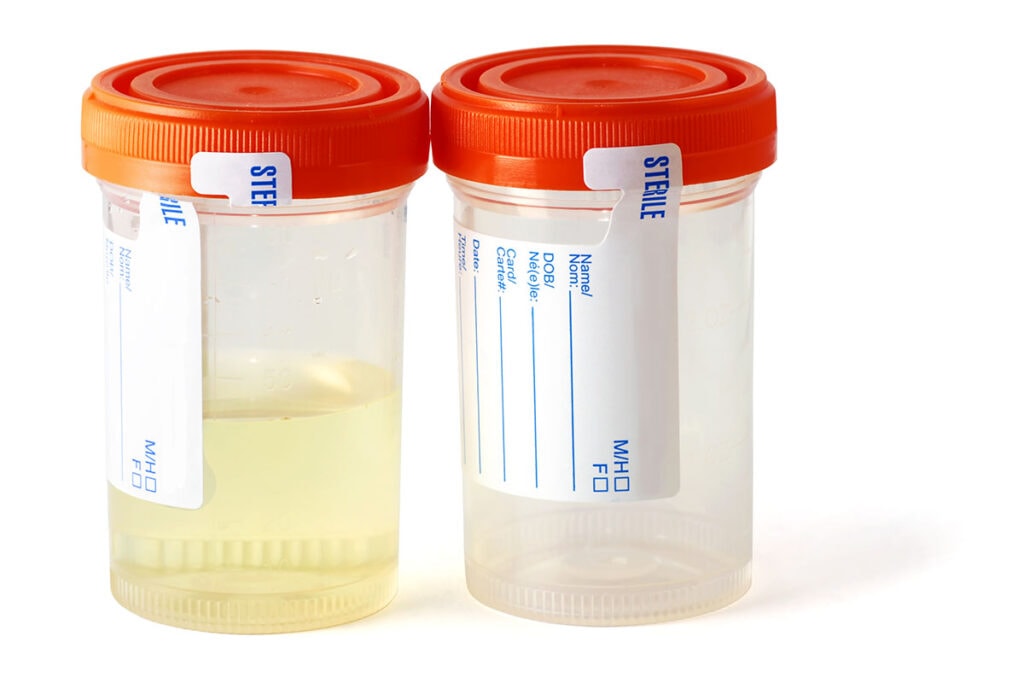- Your cart is empty
- Continue Shopping
Bladder and Kidney Infections

Urologic infections involve the urinary system, which includes the bladder and kidneys. Urologic infections affect about 150 million individuals annually, causing a significant impact on the healthcare system.
Bladder infections, or lower urinary tract infections, are very prevalent. UTIs are most common in women, and about one in every five women will develop a UTI in their lifetime.
In what follows, we’ll be discussing the types of infections that occur in the areas of the kidneys and the bladder, what causes the infection, and the signs and symptoms and treatment for these infections.
Characteristics Of Urinary Tract Infections
The urinary tract includes the bladder, kidneys, ureters, and urethra. A urologic infection of this urinary system impacts both males and females. Infection is usually caused by specific bacteria that are introduced into the urinary tract.
If left untreated, and even if treatment is started, urologic infections can spread throughout the urinary system as well as the reproductive systems of both males and females.
Signs and Symptoms of Urinary Tract Infection
While the symptoms of a urologic infection vary depending on the severity of the infection, some of the most common signs and symptoms include abdominal pain, pelvic discomfort, urinary irregularities such as discolored or bloody urine, and pain with sexual intercourse. In some severe cases, the inability to control urination and erectile dysfunction can develop.
Other broad symptoms include fatigue and lethargy, high fever and headache, nausea and vomiting, and confusion or mood swings.
Types of Urologic Infections
Two major types of urologic infections are bladder infection (UTI) and pyelonephritis (kidney infection). Bladder infections are the most common type of urologic infection, and they are caused by bacterial invasion of the urethra. The female urethra is located in an area that can be invaded easily by bacteria from stool, such as E. Coli. The most common bacteria in male UTIs is E. Coli as well, but the frequency of UTIs in males is less due to the longer length of the urethra.
Pyelonephritis is a more severe infection that has extended to the level of the kidney. The infection will often require intravenous antibiotics. Infection of the kidney can lead to the formation of an abscess of the kidney and can also lead to the spread of the infection into the blood (sepsis). In some cases, the infection can cause an obstruction of the kidney, and a nephrostomy tube will need to be placed in the area of the flank by the kidney to relieve the obstruction. The nephrostomy tube will drain urine produced by the kidney to a bag outside the body.
The following are some of the most common types of urologic infections and some of the most common complications that can arise.
- Urinary Tract Infection (UTI)
- Pyelonephritis (Kidney Infection)
- Prostatitis
- Interstitial Cystitis
Diagnosis, Treatment, and Prevention of Urologic Infections

It’s important to identify the bacteria causing the infection. This will require a urinalysis and a subsequent culture of the urine to identify the bacteria. The bacteria will also be tested for sensitivity to particular antibiotics, which will guide further treatment.
Antibiotics are commonly utilized in the treatment of UTIs to treat the most common types of bacteria, such as E. Coli and Enterobacter. The following are some of the most common types of antibiotics prescribed for UTIs:
- Nitrofurantoin
- Amoxicillin
- Ciprofloxacin or Levofloxacin
- Trimethoprim-Sulfamethoxazole
The treatment for advanced infections such as pyelonephritis will often require intravenous antibiotics in the hospital setting. The favored antibiotic for treatment is usually Ceftriaxone, Ciprofloxacin, or Levaquin. Once a bacteria is identified by culture, more advanced intravenous antibiotics may need to be considered.
Other considerations in the management of uncomplicated cystitis can involve drinking lots of fluids, and even the use of substances such as cranberry juice may be helpful. No scientific study has conclusively shown cranberry juice to be curative; however, it has been generally accepted as being helpful in individuals with this condition.

Some preventative measures to avoid urinary tract infections or cystitis include lots of oral hydration, postcoital voiding, and proper female hygiene of wiping from front to back after urinating to avoid possible bacterial contamination of the urethra.
Show the Video:
Final Thoughts
Urologic Infections, including bladder infections and kidney infections, can be treated and cured in many cases. UTIs, in particular, the most common type of urologic infection, respond quite well to treatment, especially when acted upon in a timely manner.
Because treatment for most urologic infections comprises an antibiotic regimen, it’s imperative that you listen to your prescribing health care provider and follow through with the entirety of the prescription protocol, even if the symptoms begin to improve before completing the regimen.
While there are certain rare circumstances in which patients are resistant to antibiotic treatment, thus requiring alternative antibiotic treatment, the majority of those who develop an infection will experience normal, healthy outcomes afterward.




